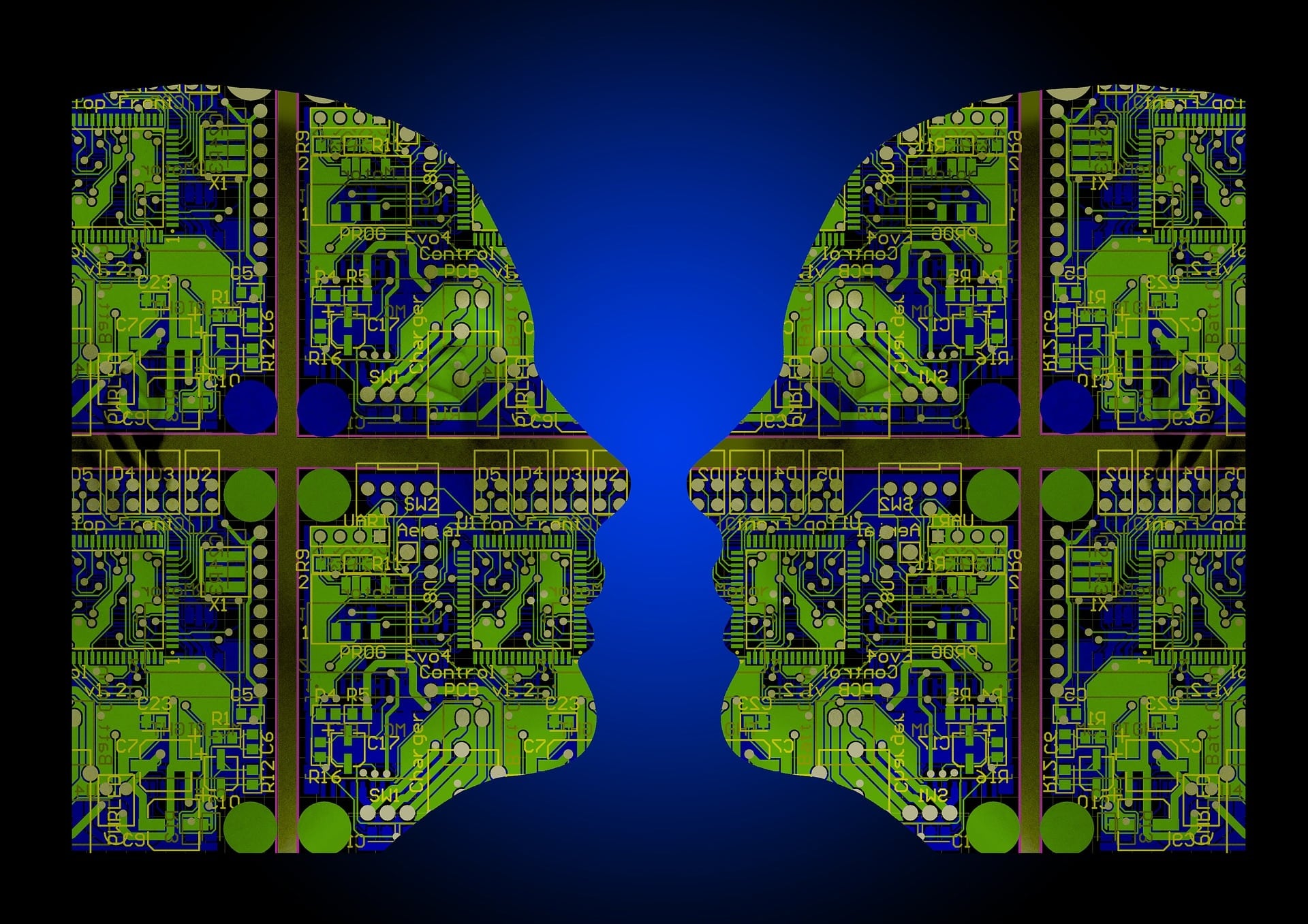The government as a whole doesn’t have a set strategy for how they plan to prepare federal workers for the changes that artificial intelligence will cause in their jobs, but agencies are on board with individual efforts to educate and train their own workforces, according to Lynne Parker, assistant director for artificial intelligence at the White House Office of Science and Technology Policy.
“Agencies are stepping up on their own to create opportunities for people to maybe enroll in a short-term learning course where they can gain skills in IT areas or cybersecurity areas or AI areas,” said Parker at an April 18 National Academy of Public Administration event. “Because each agency knows the kinds of skills and the kinds of work that they do, they’re best suited to create these training programs.”
RELATED

The Trump administration has been adamant that their pursuit of technological advancement is not designed to displace workers that are already at government agencies, but rather to free up time spent on repetitive tasks so they can focus on problems of greater mission importance.
“It’s quite likely that most of us will have some tasks or parts of our jobs that will be impacted by technology, AI, automation and so forth,” Parker said. “I don’t think most of us need to fear completely losing our jobs, but our jobs will change. Now that’s not to say that there aren’t some areas where AI is particularly well-suited that there may be some impact in the sense at the job goes away. Most studies say that is a small percentage.”
But on the whole, AI has the potential to replace millions of jobs currently available worldwide.
Karen Shrum, principal for government and public sector at Ernst and Young, noted that a 2018 future jobs report published by the World Economic Forum predicted that automation will displace 75 million jobs worldwide by 2022. However, the report also found that 133 million new jobs will likely be added at the same time.
According to Shrum, agencies’ leaders will have to sell the idea that automation will give federal employees the chance to refocus on the mission that made them want to work at that agency in the first place.
RELATED

“I think about the financial analyst, and I think about them coming to work and having to crunch through reams, and reams, and reams, and reams of data. That is not why they were hired. They were hired to come to work to do some sort of analysis that would ultimately help the citizen or the stakeholder that they’re serving,” said Shrum.
Preparing the workforce for AI will vary for each kind of employee in the federal government.
“As we look at the workforce that our government leaders are faced with today, where there are four generations of workers, where there are four or five different types of workforces — remote workforce, contingent workforce, a robotic workforce — and as people who’ve not necessarily been born with those digital capabilities and digital tendencies, how do we in fact empower our workforce and train our workforce?” she asked.
For now, feds will have to rely on agency-specific programs, though Parker said that there is some impetus to take smaller AI programs, such as the General Services Administration’s Artificial Intelligence for Citizen Services program, which has public sector managers and U.S. businesses partner to evaluate smart automation solutions, and expand them.
“We’ll see if it’s possible to build that up; there actually is some congressional legislation to build that up,” said Parker.
Jessie Bur covers federal IT and management.
In Other News




